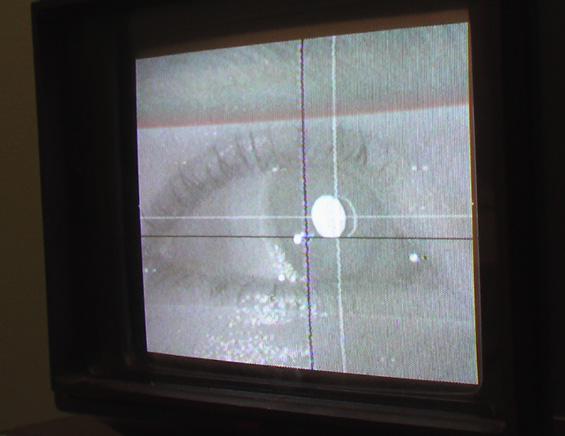 |
 PROJECTS
PROJECTS  |
   |

 |
 |
 |
  |
Elizabeth Specker, Ph.D.

| Projects
& Research |
PUBLICATIONS: |
| Currently I am working on
publishing research conducted during my dissertation and doctoral work,
but I am also
working on a project involving metaphor and identity in ESL writing (to be presented at CATESOL 2009). Another project involves developing a Pronunciation Station for beginning and high proficiency level ESL students for the ESL Lab at American River College. With phonetic and phonemic awareness about the similarities and differences between English and their L1, students can also inform other skills areas such as reading and listening, as well as improve communication with their colleagues and coworkers. (project underway during summer 2009). Below are Posters that have been presented at National and International conferences, continuing Research Projects, and links to Teacher Training Videos (coming soon): |
See my CV for more projects
PUBLICATIONS: dissertation pdf: L1/L2 Eye Movement Reading of Closed Captioning: A Multimodal Analysis of Multimodal Use Chapter 1: the Multimodal Multimedia Communication Event Chapter 6: Case studies - The individual in the MMCE references used in dissertation The Use of Bilingual Discourse Markers: Identity in Learning SLAT Working Papers, 2008 Teaching Tip: First Aid in the ESL/EFL classroom TESOL Journal, 2000 |
| RESEARCH |
|
| The
overarching aim of my
research is to explore how
multimodality can be used by language
learners as a tool. Multimodality is EVERYWHERE. As
new
generations of learners appear with a range of access to technology,
learning strategies and teaching strategies must evolve and adjust to
advanced levels of learning that bring in the skills these learners
must already successfully use to navigate their daily lives outside of
the classroom. Students need the skills for semiotic
interpretation of a variety of texts in a variety of modalities (print,
visual/graphic, aural, etc). And above all, critical thinking in
interpreting these texts needs to be taught. My dissertation research was the first step in my exploration and research of multimodality and multimodal applications. Much work has been done by researchers such as Theo van Leeuwen and Gunther Kress (amongst others!) but I aim to look not just at the product, but at the process: the attentional choices and the comprehension and possible appropriation of the messages within the text. The texts that I choose are authentic texts - video clips from television. This medium is available to those with access to television, and so around the world, in whatever the language, people use their multimodal respresentational systems to watch, listen and interpret what they see and hear being broadcast. Eventually I would also like to use the internet and texts available there. During this first step, I have collected a large amount of data about the participants and the viewing and comprehension process, but I am currently concentrating on the reading patterns of participants (native and non native speakers of English) as they read moving text (closed captioning) in two conditions: with the picture in the background, and closed captioning by itself. It is predicted that this information will inform learners and researchers about reading for comprehension and for improving reading skills. |
 Reading patterns: Eye trackers can be used to analyze reading patterns. Above, the red lines trace the movement while the blue circles represent how long the reader looked at that spot. |
| EYE TRACKING: |
|
| The eye tracker
can be used to
capture the attentional choices that the participant makes - it is a
way of bridging the materiality of time to view what and for how long a
participant looks at a sign on the screen during this literacy
event. The picture to the right illustrates how the camera can
track eye movement. |
 The eye tracker camera uses reflections off of the eye to track where a person is looking. The black and white cross hairs used by the camera can be seen in the picture above |
| CONFERENCE POSTERS: | |
 |
This poster
was presented at AAAL 2009.
There are seven pieces to the poster. The purpose was to show the
relationship between the participant's eye movements with the text and
the individual's language learning background. |
 |
This poster was presented at
AAAL 2007 (American
Association of Applied Linguistics). The
purpose was to illustrate that the codeswitching in the dialogue by the
bilingual characters served two purposes: the introduction of Spanish
and English words to the audience and as identity markers of the social
relationships between the characters. |
 |
This poster came from research
and a presentation for the RaAM 2006
conference in Leeds, England
(Researching and Applying Metaphor). The purpose was to
illustrate the use of metaphor (and
its closely related cousin: Metonymy) in a viral ad circulating on the
internet. The ad was analyzed using critical discourse analysis
of the comments and texts surrounding the text in blogs and newspaper
articles as well as multimodal analysis of the visual and aural modes
of the video text. |